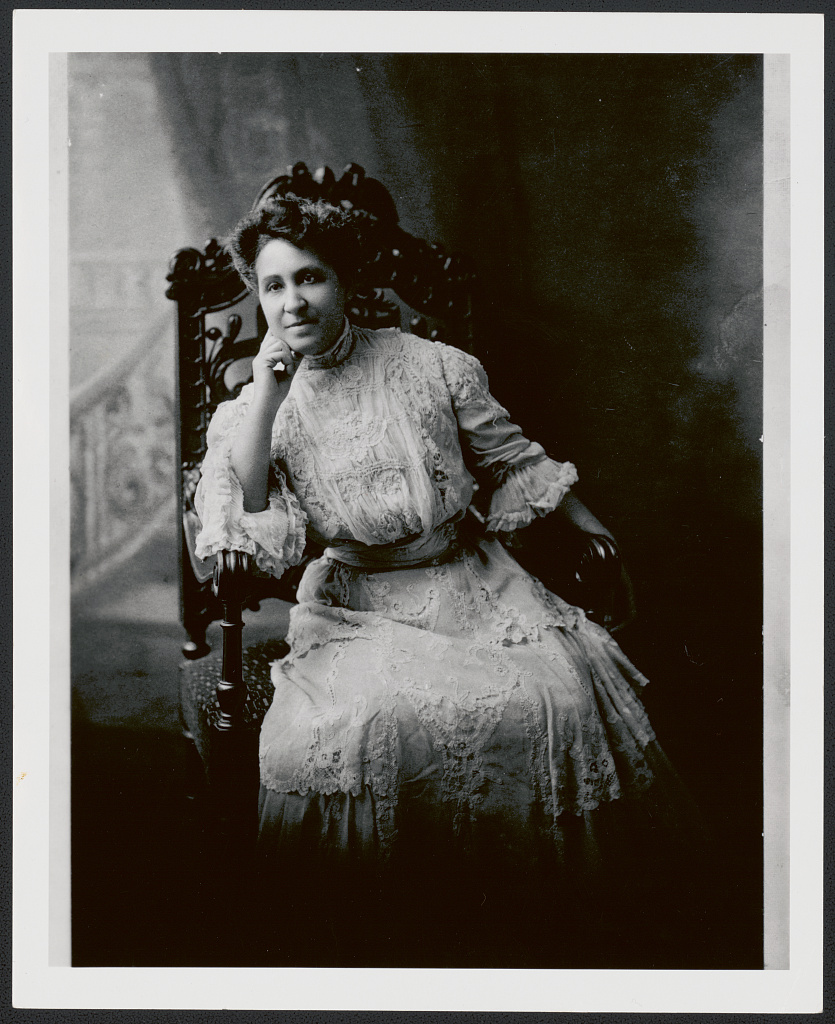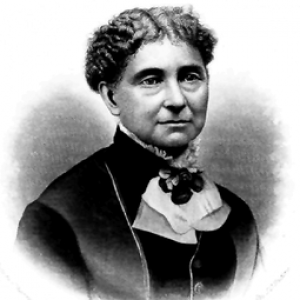FEW is celebrating the valiant women throughout history for Women’s History Month. FEW will shine a spotlight on some historic figures of our great nation that fought for justice, equality and inclusion. Visit throughout the month of March to read about ‘Valiant Women of the Vote: Refusing to be Silenced.’ We begin with Mary Church Terrell and Amelia Jenks Bloomer.
Mary Church Terrell (1863-1954)

Mary Church Terrell, a daughter of former slaves, was a member of the Black middle class who used their standing in society to push for racial equality. She was one of the first African American women to earn a college degree, from Oberlin, where she also received a master’s degree. She became a teacher in Washington, DC and went on to be the first African American woman appointed to the school board of a major city. Terrell’s life work focused on the notion of racial uplift, the belief that blacks would help end racial discrimination by advancing themselves and other members of the race through education, work, and community activism
As the co-founder of the National Association of Colored Women, Terrel’s words “Lifting as we climb” became the group’s motto. She joined the women’s suffrage movement, and worked to persuade Black men to support the cause after Black women were sidelined by suffragists like Alice Paul. As she says in The Vote, “The same arguments used to prove that the ballot be withheld from women are advanced to prove that colored men should not be allowed to vote.”
In 1950, at age 86, she challenged segregation in public places by protesting the John R. Thompson Restaurant in Washington, DC. She was victorious when, in 1953, the Supreme Court ruled that segregated eating facilities were unconstitutional, a major breakthrough in the civil rights movement.
Amelia Jenks Bloomer
(1818-1894)

Amelia Jenks Bloomer was an early suffragist, editor, and social activist. Bloomer was also a fashion advocate who worked to change women’s clothing styles.
Bloomer was born in Homer, New York. With only a few years of formal education, she started working as a teacher, educating students in her community. In 1840, she married David Bloomer and moved to Seneca Falls, New York. Bloomer quickly became active in the Seneca Falls political and social community. She joined a church and volunteered with the local temperance society. Noticing his wife’s fervor for social reform, David encouraged her to use writing as an outlet. As a result, she started a column which covered a plethora of topics.
In 1848, Bloomer went to the Seneca Falls Women’s Rights Convention. The next year she created The Lily, a newspaper solely dedicated to women. At first, the newspaper only addressed the temperance movement, however due to demand the bi-weekly paper expanded to cover other news. After meeting activist Elizabeth Cady Stanton, Bloomer started to publish articles about the women’s rights movement. In 1849, Bloomer’s husband was elected Postmaster for Seneca Falls. He immediately appointed his wife as his assistant. Bloomer used her office as makeshift headquarters for the Seneca Fall’s women’s rights movement.
Bloomer’s most influential work was in dress reform. After noticing the health hazards and restrictive nature of corsets and dresses, Bloomer pushed for women to adopt a new style of dress. The pantaloons, now called Bloomers, not only illustrated a departure from the accepted dress for women, the garments also came to represent activists in the women’s rights movement. The style of dress attracted much ridicule from conservative men and women.
In 1851, Bloomer introduced Elizabeth Cady Stanton to Susan B. Anthony. The meeting set in motion a long-standing partnership between the two activists. In 1853, Bloomer and her husband moved West. While traveling she stopped in many towns and lectured about temperance. She attempted to keep The Lily going, however her move made publishing the paper harder. In 1854, Bloomer decided to sell the paper. Eventually, the couple settled in Council Bluff, Iowa. There, she called on women to become property owners. During the Civil War, Bloomer started the Soldier’s Aid Society of Council Bluffs to help Union soldiers.
Until her death, Bloomer preached on temperance and women’s rights. She served as the President of the Iowa Suffrage Association from 1871-1873. However, because of her relentless dedication to temperance, she often found her ideas at odds with other activists who wanted to focus on other topics in the women’s rights movement. Nonetheless, she never abandoned her commitment to the movement’s agenda. Bloomer passed away at the age of 76 in 1894.


